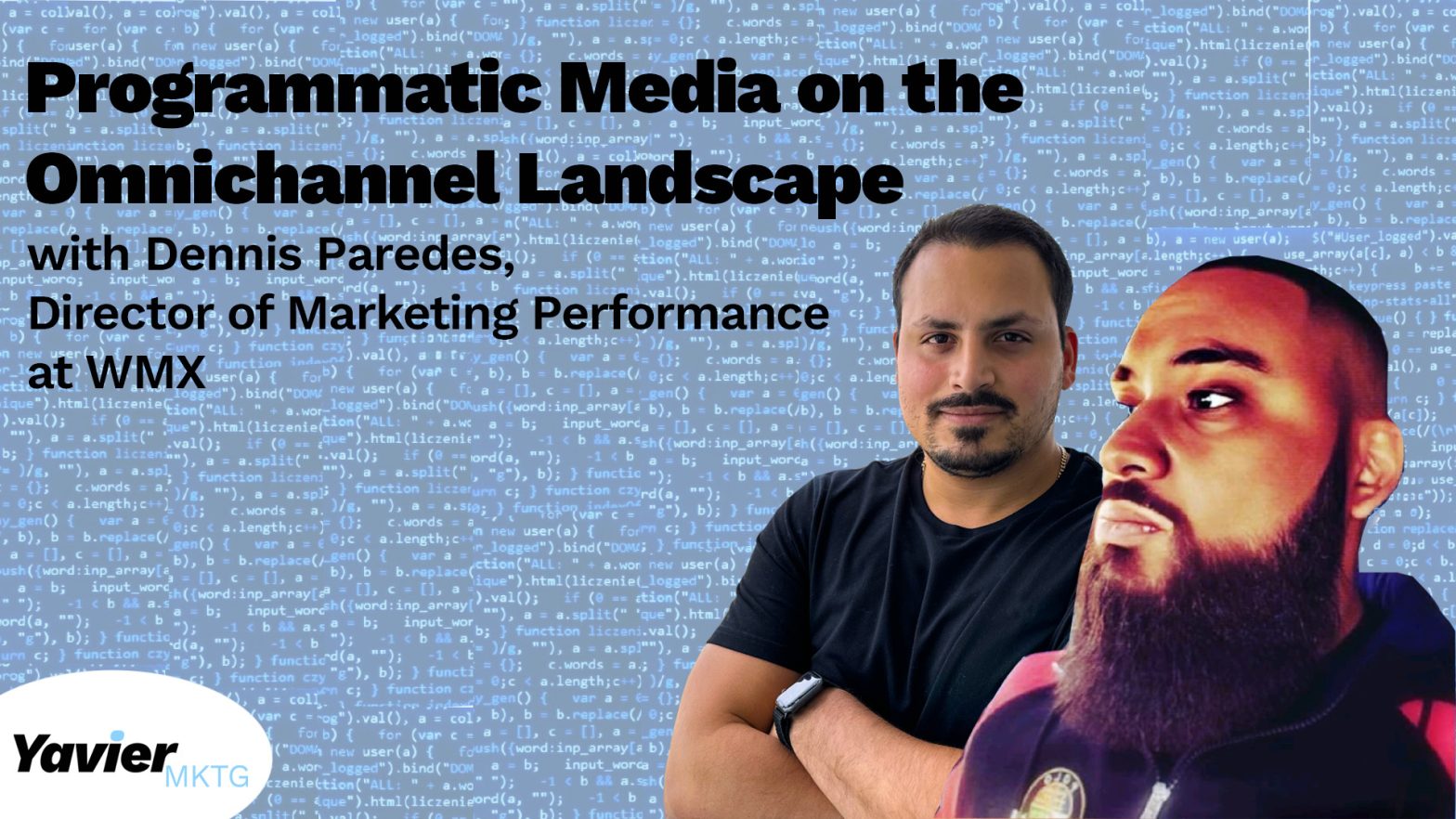Every business owner wants to run advertising; they want to do digital campaigns, pay for SEO, social media campaigns, and all digital efforts to start generating revenue, and marketers love doing this effort for their clients. I’ve seen many occasions where marketers or business owners, including me, do these for their clients or businesses and start spending a certain amount of money on digital marketing approaches without creating positive or any ROI. Sometimes, we think we are doing the right thing, and I’ve even heard that some products are not “marketable.” Still, with time, I noticed that we were not approaching the marketing funnel accordingly by building a digital ecosystem or with it.
A digital ecosystem is a set of digital channels that will lead consumers to different touch points connected and designed based on the brand’s or company’s marketing funnel. A digital ecosystem should look something like this:

A digital ecosystem contains channels such as SEO, SEM, Programmatic media (display, video, native, CTV), TV, Email, and any other digital capability to help achieve the brand’s goal. Usually, people launch campaigns using different channels but don’t approach the strategies based on the funnel. They activate Social, display, SEM, and other channels in a prospecting or brand awareness approach without considering the optimal goal of the brand, which usually is sales. The way they launch campaigns does not follow the brand’s marketing funnel. How can digital campaigns achieve sales? Many business owners and colleagues have told me before that they were never successful in generating revenue from campaigns, or they will even mention that it is impossible. A few months ago, I posted a blog titled Developing a Funnel Marketing Strategy for Programmatic Media, which explains how to approach the marketing funnel with programmatic media. This approach or campaign will help drive people to do the actions you want them to do on your webpage. This approach can be applied to different channels, and some channels will help you with the prospecting aspects only, but others will retain those prospects. Marketers or business owners should identify which channels will play an exact role.
To develop this, some things must be done before designing the digital ecosystem. As Hector Hernandez, Chief Digital Officer for McCann World group and Growth Hacking Director for MRM McCann in Latin America, says, whoever is designing this should:
1. Understand the objectives and the economics of the business.
2. Tackle digital marketing with a scientific approach
3. Be super-skilled in setting up and interpreting web analytics
4. It is all about strategy and competitiveness, not about technology, trends, or fads
5. Stay updated because what’s coming is much more complex than the current state
As I mentioned a couple of times, where I work, we run campaigns that are approached this way. We work with different hospitality companies, such as hotels, airlines, cruises, and parks, and their optimal goal is generating revenue from the bookings driven by the campaigns. We have different channels running simultaneously where each one supports the others, creating a path to conversion from the consumers or prospects that can be seen in a report. That report will show us how the consumer journey is driven across all channels. For example, some customers display an ad as the first thing they see, and then they go to Google and search for a term that our SEM is using and click on the search ad. Let’s say they leave the website and keep their web journey across other sites. Then, a display ad from the retargeting (or remarketing) strategy serves as an ad to that user who demonstrated an interest in the brand. After that, the consumer clicks on the ad and decides to make a booking.
That’s what we can see with that report. Sometimes, the journey is very long, and other times, it is very straightforward. With this, we can analyze the digital ecosystem’s performance, make decisions, and get new findings from the results. The customer journey must be studied and understood to optimize the digital ecosystem and strategies.
As I always say, when running paid ads, marketers and business owners must ensure they are not spending the money but investing. Before running ads, there is a lot of research, planning, and understanding about the brand, the industry, and the market so the strategies that will be applied can be aligned and bring positive ROI. Also, whatever it is being invested in, it should be considered that the margins for the company are in a good place for each dollar it is invested in and each sale it generates from that investment. This is critical since if there’s no positive ROI, the brand or company can have a substantial economic hit negatively.







Leave a Reply